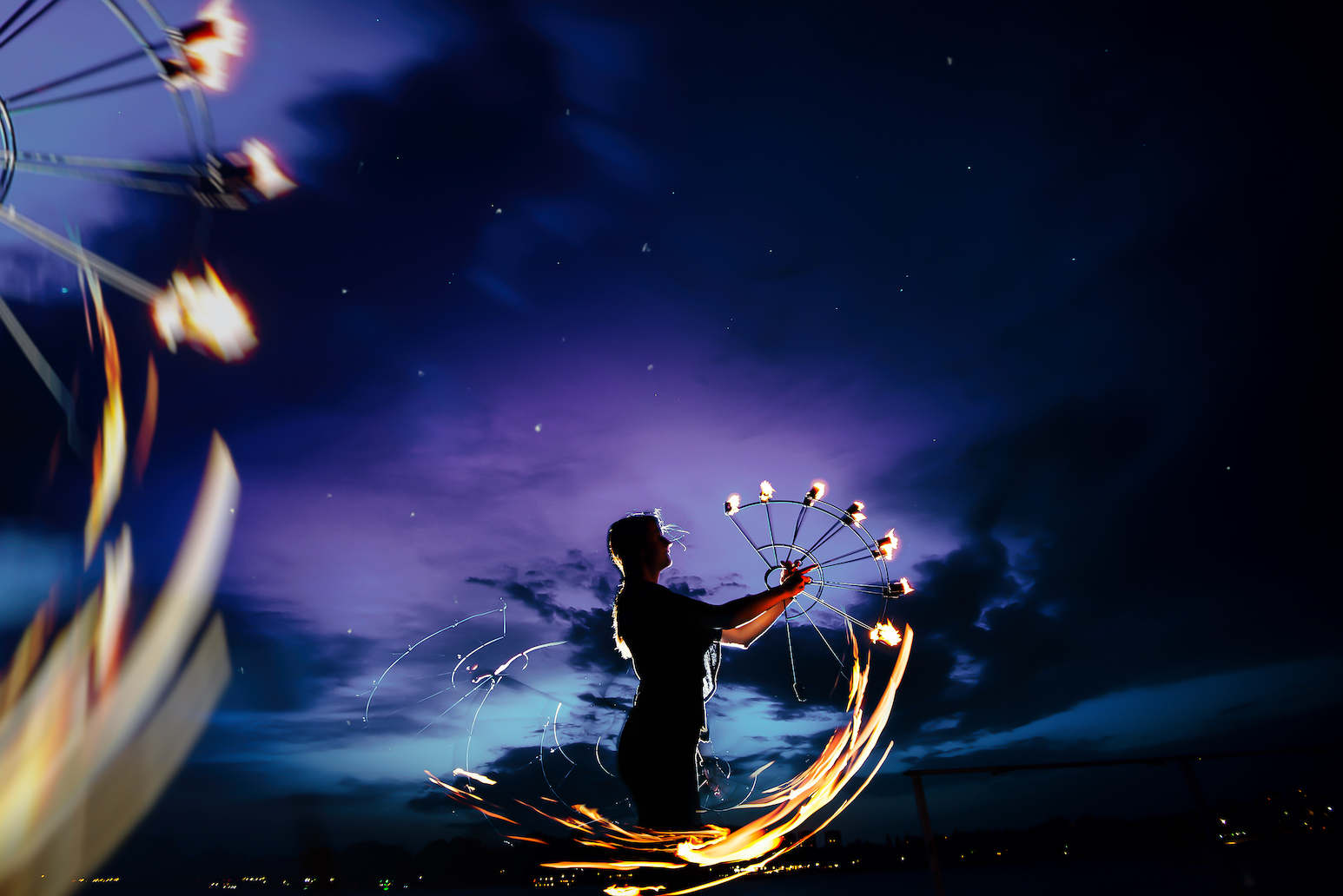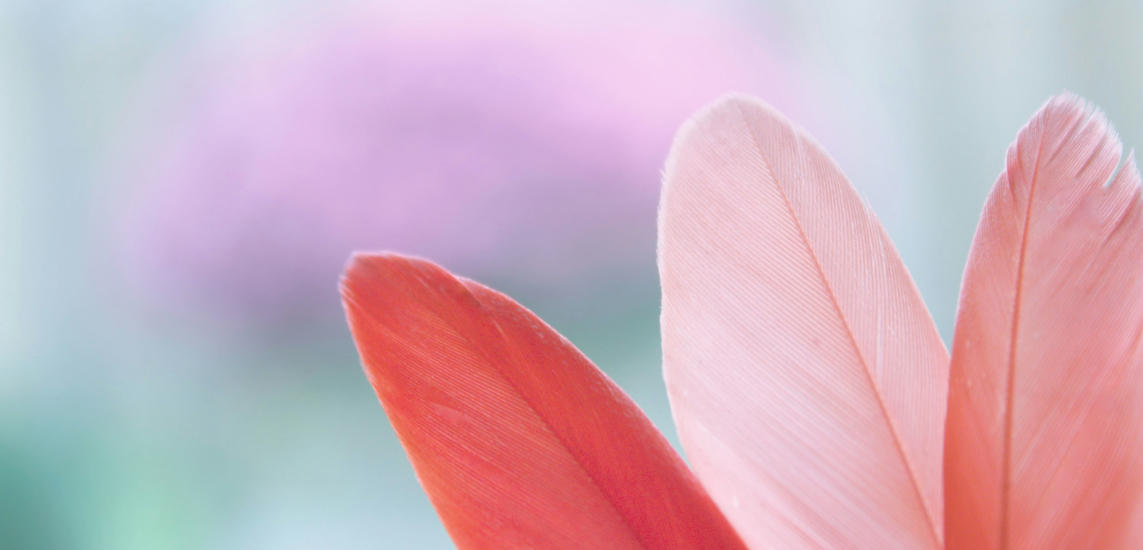When I began to practice yoga 15 years ago, I did not know much about the 7 chakras, nor was I interested in learning anything about them. I thought the subject matter was too obscure and irrelevant to modern life.
However, when I studied to become a yoga teacher soon thereafter, I learned about the subtle body and its various energetic systems, which includes the chakras, or “spinning wheels of energy.” I quickly realized the chakras were quite accessible and applicable to all aspects of contemporary life. And I have been fascinated with their perpetual influence upon the mind, body, and spirit ever since.
For nearly a decade now, I have weaved teachings about the chakras into thousands of yoga classes and meditations. I have utilized ancient yogic scriptures and modern interpretations of the chakras to illuminate how these seven storehouses of power impact all aspects of human nature. And I have witnessed students of all backgrounds experience the lasting effects of healing and transformation when these seven areas are brought into a state of balance or proper alignment.
In preparation to better understand the chakras, five notions are offered below as a general starting point. These ideas are a basic overview of the chakras for anyone with little to no knowledge of the topic. These ideas can also serve as a reminder to anyone who does have personal history or experience with the chakras.
5 Notions About The 7 Chakras
- Chakras are storehouses of power with individual densities and properties.
- Chakras spin independently, yet are interdependent.
- Chakras reside on a vertical axis spanning the base of the spine to the crown of the head.
- Chakras are associated with specific areas of the body.
- Chakras can be opened, healed, and harmonized through awareness, movement, and breath.
Discover hundreds of free guided chakra meditation practices that help to focus on, open and heal a single chakra or move through all seven.
The 7 Chakras In Yogic Tradition: Elements, Colors, Sounds & Openers
Now, let us explore each of the 7 chakras as outlined by the yoga traditions.
We will learn key elements, colors, and sounds associated with each of the chakras as well as which regions of the body the chakras govern and corresponding yoga poses to restore these areas. We will also learn how the chakras influence our mental, emotional, physical, and spiritual states of being.
1. The Root Chakra
The first chakra is the Muladhara, or root chakra, located at the base of the spine. Muladhara is defined as “foundation” and symbolizes our physical relationship to the Earth. It represents security and a sense of groundedness.
Asanas, or yoga poses, to harmonize this area include standing poses tadasana, or mountain pose, and Warrior 1.
LAM – pronounced LUM – is the sound associated with this chakra. LAM can be chanted to heal root chakra deficiencies such as feeling ungrounded, separation from community, and instability related to confusion.
Red is the color associated with this chakra.
2. The Sacral Chakra
The second chakra is the Svadisthana, or sacral chakra, located below the navel. Svadisthana is defined as “self-establishment” and symbolizes fluidity of movement, sensuality, and creativity. Development of personality, self-sustenance, and desire are nurtured at this chakra.
Asanas to balance this area include hip-openers baddha konasana, or bound-angle pose, and happy baby; these poses are held for longer periods of time to facilitate surrender and release.
VAM – pronounced VUM – is the sound associated with this chakra. VAM can be chanted to heal fear, abandonment issues, and sexual trauma that may be stored in this physical region.
Orange is the color associated with this chakra.
Read more: When bringing awareness to our asana practice, we can attain higher levels of consciousness and awakening.
3. The Navel Chakra
The third chakra is the Manipura, or navel chakra, located at the solar plexus region. Manipura is defined as “city of jewels” and symbolizes power, vitality, and courage to take risks. When this chakra is unbalanced, low self-esteem, fatigue, and digestive problems manifest.
Core exercises strengthen this area, and twisting poses detoxify and massage internal organs located here. Pranayama, or breath exercises, such as kapalabhati, or Breath of Fire, energize and purify the Manipura region.
RAM – pronounced RUM – is the sound associated with this chakra. RAM can be chanted to invoke strength, transformation, and healing.
Yellow is the color associated with this chakra.
4. The Heart Chakra
The fourth chakra is the Anahata, or heart chakra. Anahata is defined as “unstruck sound” and symbolizes the birthplace of love, understanding, and compassion. Relationships are governed from this space. Anahata is feminine and yearns to open; conscious breath accomplishes this aim. When Anahata is closed, shyness, loneliness, and depression manifest.
Asanas to open the heart include ustrasana, or camel pose, and upward bow.
YAM – pronounced YUM – is the sound associated with this chakra. YAM can be chanted to discover harmony, kindness, and peace.
Green is the color associated with this chakra.
Read more: For many, camel pose can cause discomfort during asana practice. Learn how being with and observing discomfort is the first step in transforming it to go beyond.
5. The Throat Chakra
The fifth chakra is the Vishuddha, or throat chakra. Vishuddha is defined as “purity” and symbolizes an area where our opinions, self-identity, and an ability to speak from Inner Knowing originate. When Vishuddha is open, truth rings with a resonance that comes from the spirit.
Singing, chanting, and conscious breathing establish health in the throat; additionally, neck stretches that allow the head to tilt can cleanse this space.
HAM – pronounced HUM – is the sound associated with this chakra. HAM can be chanted to create a vibration in the throat that motivates expression from the atman, or Inner Self.
Blue is the color associated with this chakra.
6. The Third Eye Chakra
The sixth chakra is the Ajna, or third eye chakra, located between the eyebrows. Ajna is defined as “command center” and symbolizes the place where intuition, balance, and wisdom reside. Focus can be placed here during meditation to facilitate a sense of separation between observer and thought processes.
Balance poses such as vrksasana, or tree pose, and half-moon pose harness a level of equanimity that is available at this chakra region. Also, balasana, or child’s pose, fortifies third eye capabilities when the forehead is set upon the earth. Note: Two physical eyes often present a worldview related to past experience and future projection; however, third eye chakra vision is beyond judgment, anticipation, and bias.
AUM – pronounced OM – is the sound associated with this chakra. AUM can be chanted to develop prajna, or deep insight.
Indigo is the color associated with this chakra.
Explore guided third eye meditation practices that focus on Ajna.
7. The Crown Chakra
The seventh chakra is the Sahasrara, or crown chakra. Sahasrara is defined as “thousand-petalled” and symbolizes enlightenment, spiritual awareness, and connection to the Divine. Often, a lotus flower with a thousand petals is the image associated with this chakra.
Meditation balances this space of pure consciousness at the top of the head. Poses where the crown of the head rests upon the earth can invigorate this area of higher functioning; sirsasana, or headstand, and matsyasana, or fish pose, are examples of postures to accomplish this goal. Gratitude maintains the health of sahasrara.
Silence is the sound associated with this space.
Violet (or white within some yogic systems) is the color associated with this chakra.
Balance the crown chakra and practice stillness with these free guided meditations by Brian Hyman:
- 10 Minute Morning Practice Brian Hyman 10:03
- Finding Our Purpose In Life Brian Hyman 9:37
- Rain & Wind Chimes: Embrace Emotions Brian Hyman 11:09
- Journey To Stillness Brian Hyman 9:37
Principles Of Exploring The 7 Chakras
There are many schools of thought regarding the history, meaning, and characteristics of the 7 chakras. There are also many methods to open, heal, and balance the chakras, such as essential oils, massage therapy, affirmations, sound therapy, yoga postures, gemstones, color therapy, Reiki, breath exercises, and guided meditation.
Whichever philosophies, books, or practices are chosen to explore these dynamic wheels of energy, three fundamental, guiding principles are suggested:
- Open-mindedness toward various interpretations and experiences.
- Willingness to authentically internalize that which arises within the mind, body, and spirit.
- Persistence to remain on an inner journey without judgment or attachment to the results of the practice.
I wish you peace and blessings as you explore the chakras. From my heart to yours, thank you for being here. Namaste.
Discover thousands of free guided Yogic practices that underline the symbiosis of yoga and meditation.







